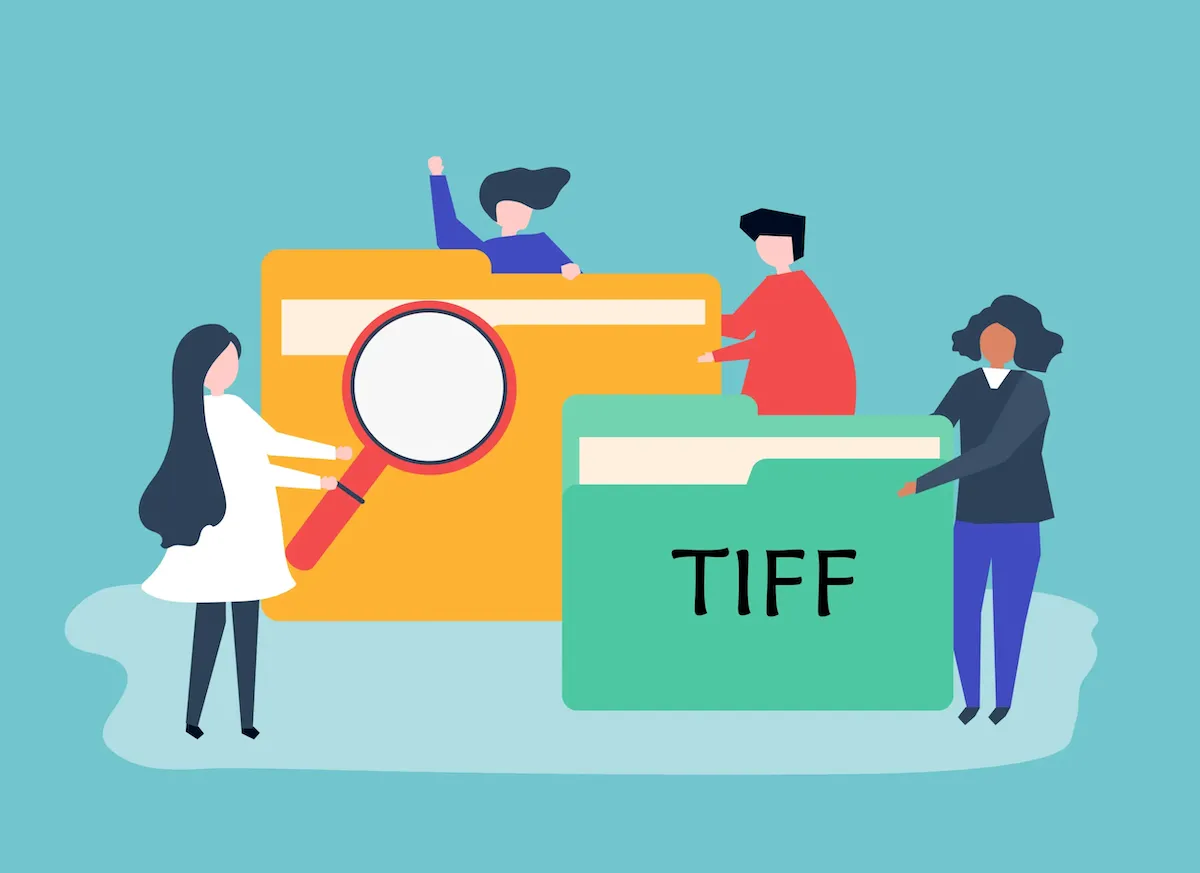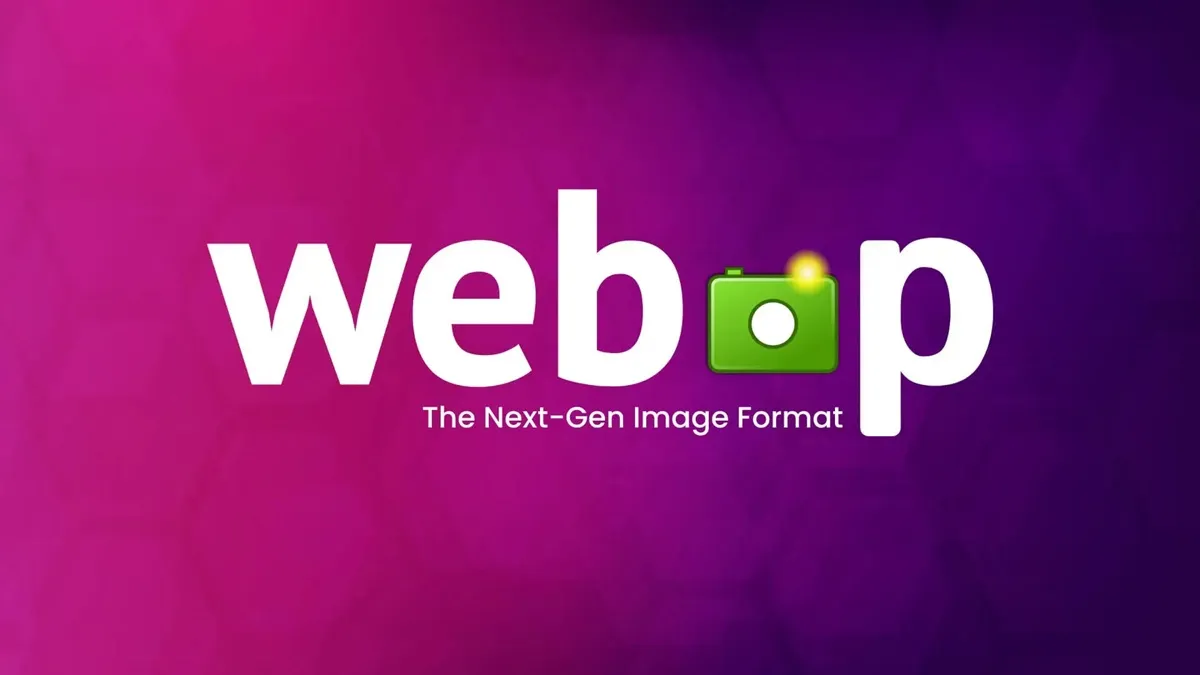Surely you've been frustrated at least once by having to wait for a webpage to load images that seem to take forever, or downloading an image only to find it's blurry, pixelated, with washed-out colors. That's the "pain" we've been living with old image formats like JPEG or PNG for so many years.
But times have changed. A "new player" has stepped onto the technology stage with promises to solve all these problems. That player is called: AVIF.
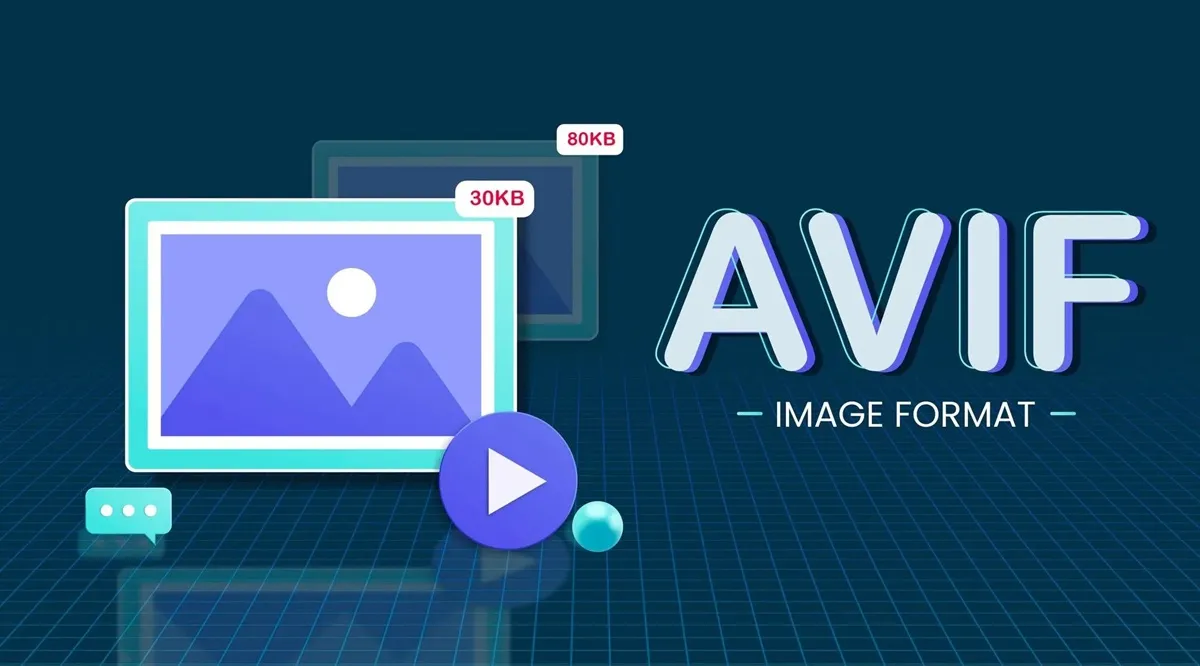
So what is AVIF that sounds so "impressive"? Is it really as good as the rumors say? And most importantly, can it replace the "veterans" JPEG and PNG?
Let's explore this together in a simple, easy-to-understand way.
What is AVIF?
Imagine you have an item that needs to be packed in a box to be shipped.
- JPEG/PNG are like old, bulky boxes. To fit the item in, you have to accept that the box takes up a lot of space and is quite heavy.
- AVIF is like a "magical box" from Doraemon. It can contain exactly the same item, even preserve it better, but the box's size and weight are much smaller.
In more technical terms, AVIF (short for AV1 Image File Format) is an ultra-modern image file format. It was born to compress (make smaller) images as efficiently as possible while maintaining image quality at an extremely high level.
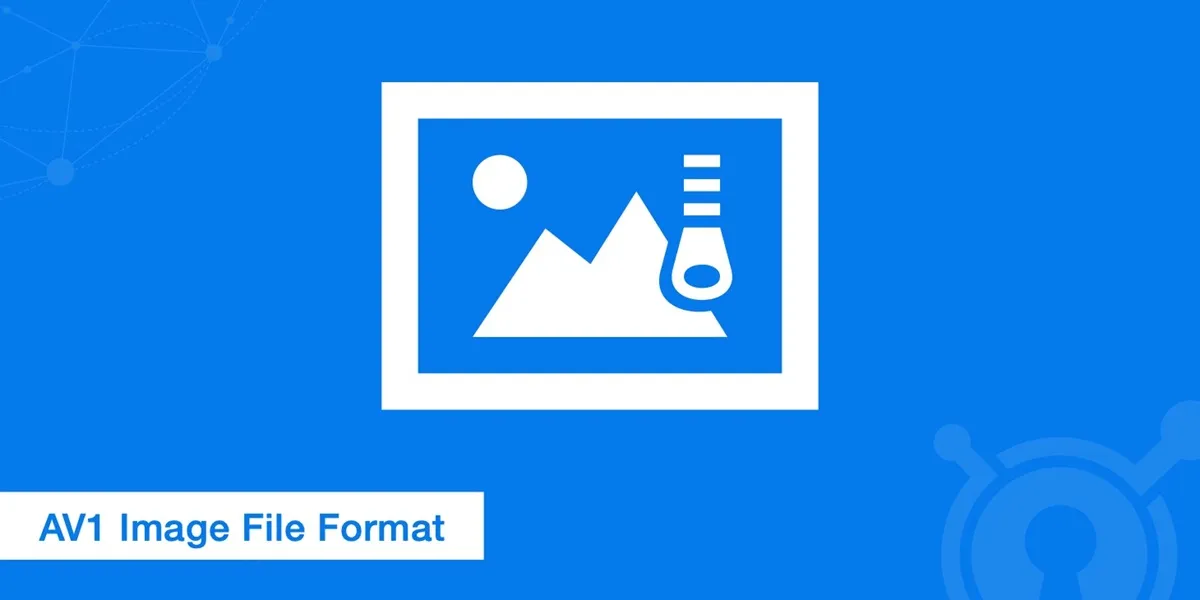
AVIF is not the product of a single company. It was created by AOMedia (Alliance for Open Media) – an alliance of technology "giants" whose names you hear and immediately trust: Google, Apple, Microsoft, Amazon, Netflix, Mozilla... The collaboration of these giants is the guarantee for AVIF's bright future.
Why is AVIF so "powerful"?
AVIF isn't just "smaller." Its power comes from the combination of many superior factors.
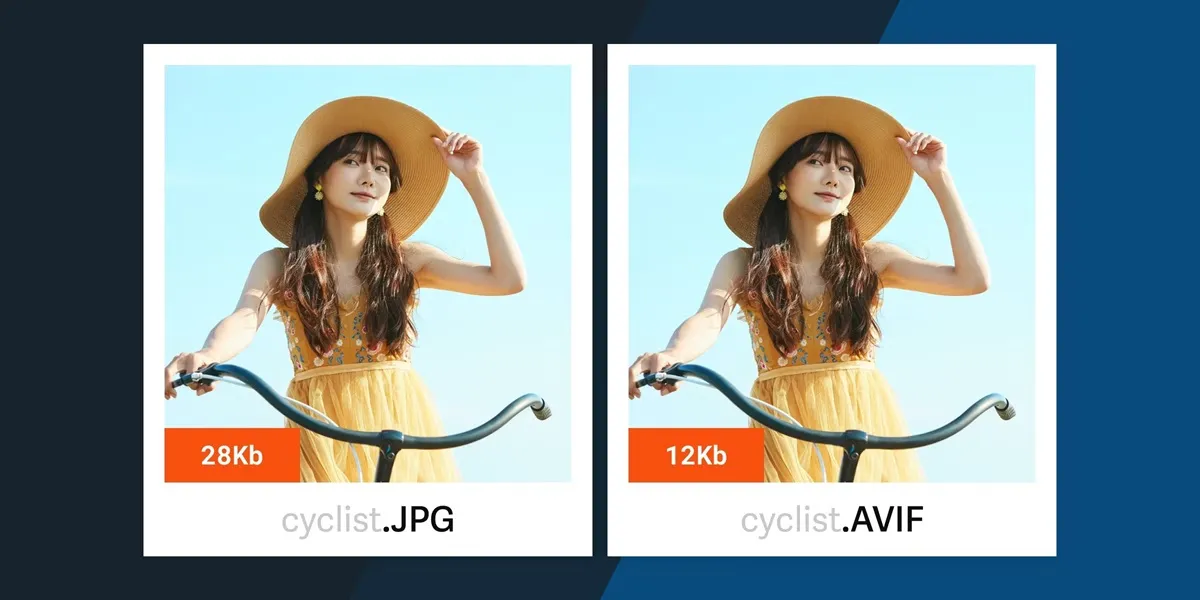
-
"Brutal" compression, super lightweight file size: This is the most valuable advantage. Compared to JPEG at the same image quality, AVIF files can be 50% or more smaller. This means:
- Faster website loading: Users don't have to wait, better experience.
- Bandwidth savings: Both users and website owners save on mobile data and hosting costs.
-
Superior image quality: AVIF doesn't sacrifice quality for file size.
- HDR (High Dynamic Range) support: It can display a much wider range of colors and brightness than JPEG. Images will have depth, clear highlights and shadows, vibrant and realistic.
- 10-bit and 12-bit color support: While JPEG only stops at 8-bit color (16.7 million colors), AVIF supports more, helping colors transition smoothly without "banding" or "stepping" effects on subtle color transitions like skies.
-
Transparency support (Alpha Channel): Like PNG, AVIF can create images with transparent backgrounds. But the advantage is that AVIF files with transparent backgrounds still have much smaller file sizes than PNG.
-
Animation support: AVIF can replace the GIF format. It creates higher quality animations, more colors, and significantly smaller file sizes compared to bulky, outdated GIF files.
-
Free and open source: This is extremely important. Because it's free, anyone, from individual web developers to large companies, can use AVIF without paying any licensing fees. This promotes its adoption and popularity.
In summary, AVIF is like a "versatile warrior" that can do the job of JPEG (compressed images), PNG (transparent images), and GIF (animated images) but is more compact and powerful than all of them.
Sounds "delicious," but does AVIF have any weaknesses?
Of course it does. Nothing is 100% perfect, and AVIF also has some barriers at the current time.
- Higher hardware requirements for processing: Compressing and decompressing an AVIF file requires more processing power than JPEG. This means on older, weaker devices, displaying AVIF images might be a bit slower. However, with today's smartphone and computer power, this issue is gradually being resolved.
- Not 100% supported yet: This is the biggest weakness. Although popular browsers like Chrome, Firefox, Safari (from newer versions) already support AVIF, there are still some older browsers or image editing software that don't "play" with this format. Web developers need to have fallback solutions, meaning if the browser can't read AVIF, it will automatically display JPEG or WebP images instead.
Putting it on the scale: AVIF vs. JPEG vs. PNG vs. WebP
For easy visualization, let's look at this quick comparison table:
| Feature | AVIF | JPEG | PNG | WebP |
|---|---|---|---|---|
| Compression & Size | Excellent | Good | Poor | Good |
| Quality | Excellent (HDR Support) | Good | Excellent (lossless) | Very Good |
| Transparency | ✅ | ❌ | ✅ | ✅ |
| Animation | ✅ | ❌ | ❌ | ✅ |
| Browser Support | Quite Good (Growing) | Very Good (100%) | Very Good (100%) | Good |
| License | Free | Free | Free | Free |
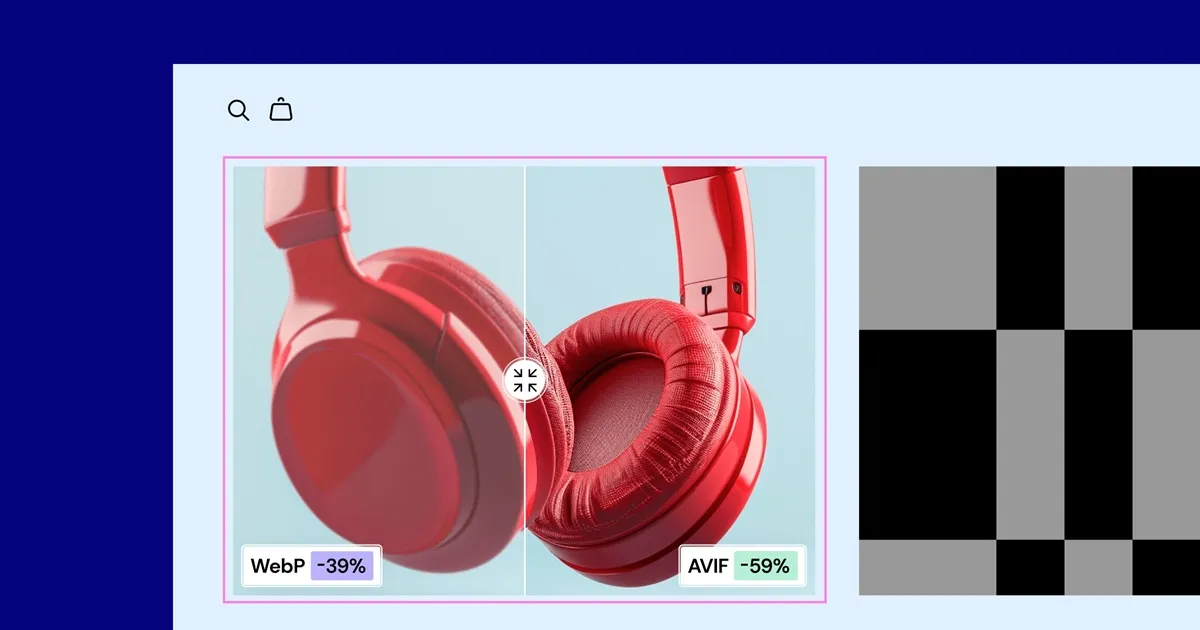
WebP is a format created by Google before AVIF, it's better than JPEG but generally still inferior to AVIF in compression efficiency and advanced features like HDR.
So what's AVIF's future? Will it successfully "usurp the throne"?
The answer is almost certainly YES, but it will need more time.
The backing of an entire "technology alliance" is too powerful a driving force. When browsers, operating systems (like Windows, Android already have built-in support), and major platforms (like Netflix is using to display movie posters) all unanimously support it, AVIF becoming the new standard is just a matter of time.
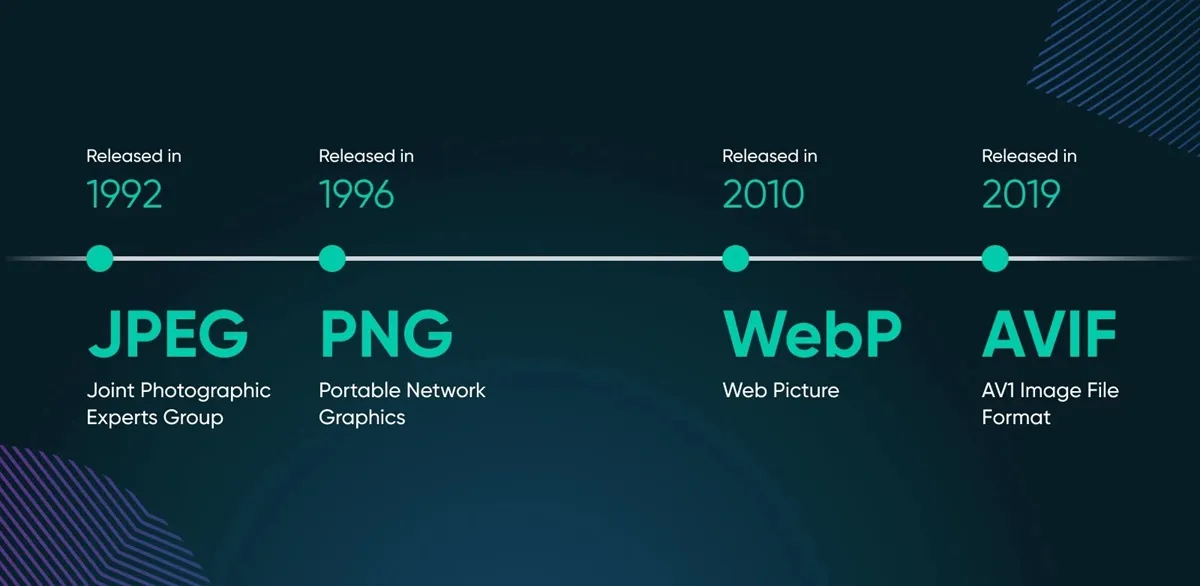
For regular users, you might not need to do anything at all. Websites will automatically convert and serve AVIF images so you have a faster web browsing experience.
For web developers, photographers, or people working in creative industries, now is the golden time to start learning and applying AVIF to your products to stay one step ahead. You can use online tools like VnnTools, Squoosh (by Google) or plugins for Photoshop to easily convert images to AVIF format.
Conclusion
AVIF is no longer a distant future concept. It's a technology of the present, an excellent solution for the image problem in digital space. It's smaller, more beautiful, more versatile and promises to change how we interact with image content on the Internet.
Next time, when you browse a website and see images loading lightning fast while still being crystal clear, smile and think that you might be benefiting from the "silent hero" named AVIF.

